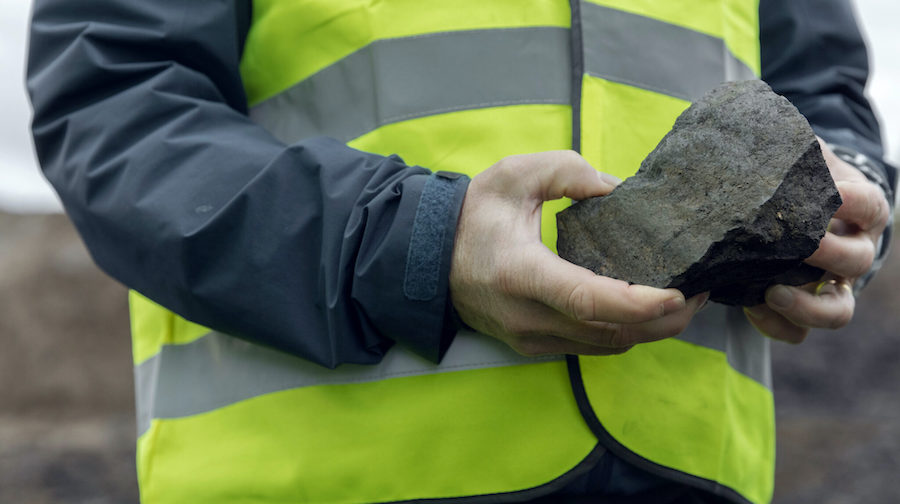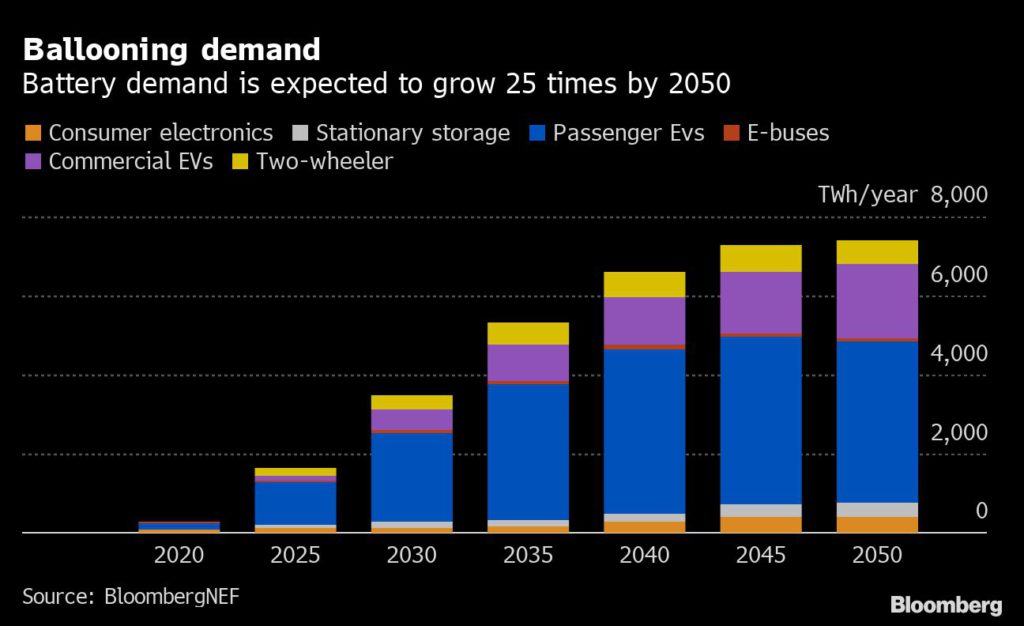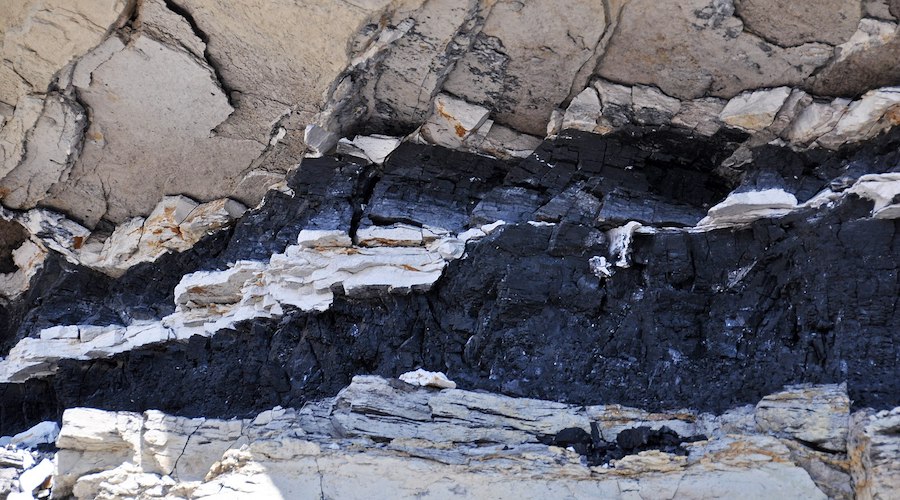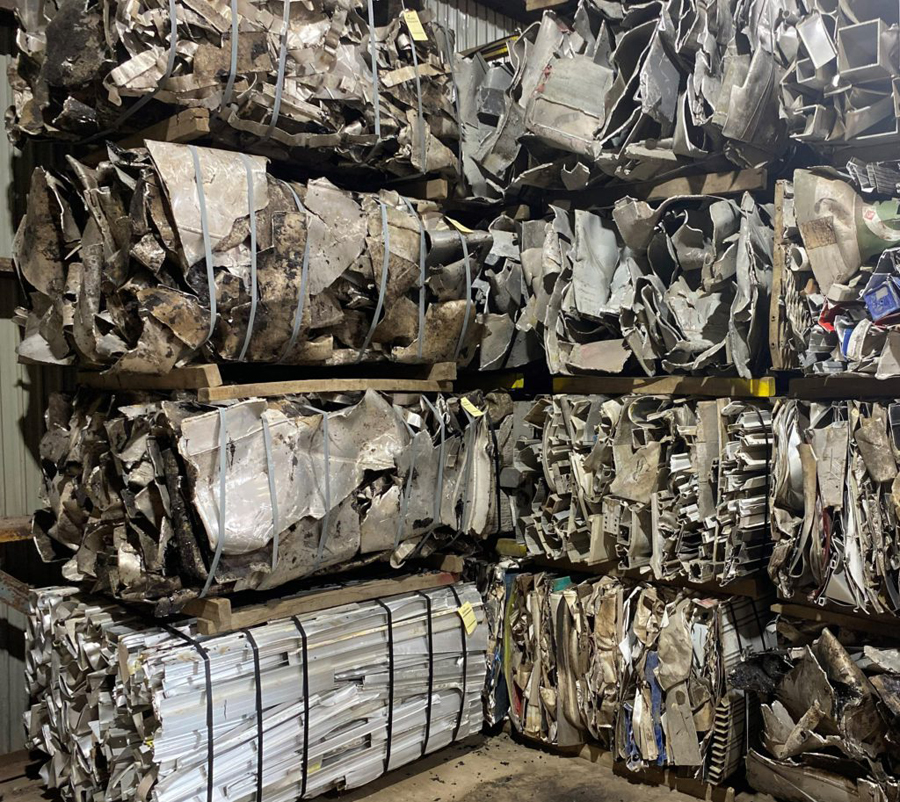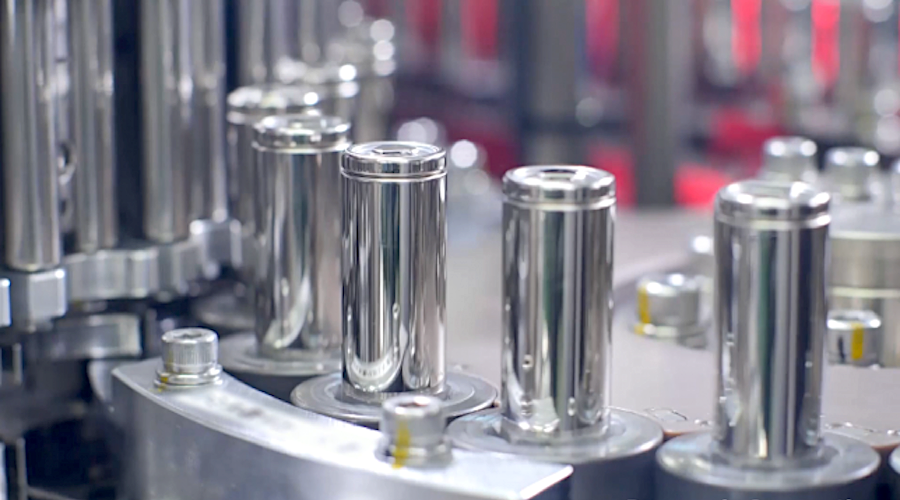Oil and gas supermajors are on course to repurchase their shares at near-record levels this year thanks to soaring oil and gas prices helping them to deliver bumper profits and boost returns for investors. According to data from Bernstein Research, the seven supermajors–including ExxonMobil (NYSE: XOM), Chevron (NYSE: CVX), BP (NYSE: BP) and Shell (NYSE: SHEL)--are poised to return $38bn to shareholders through buyback programmes this year, with investment bank RBC Capital Markets putting the total figure even higher, at $41bn.
In 2014, when oil was trading over $100/barrel, we only saw $21 billion in buybacks. This year’s figure rivals that of 2008.
But here’s another interesting thing: Big Oil’s capex and production have remained mostly flat despite reporting record second-quarter profits.
Data from the U.S. Energy Information Administration (EIA) shows that Big Oil companies downshifted both capital spending and production for the second-quarter. An EIA review of 53 public U.S. gas and oil companies, responsible for about 34% of domestic production, showed a 5% decline in capital expenditures in the second-quarter vs. Q1 this year.
Meanwhile crude oil production has increased 10% Q/Q, but remained flat compared to Q4 2021 despite an 86% jump in cash flows to $25.7 billion.
Some oil and gas majors are prefering to return excess cash to shareholders in the form of fat dividends. For instance, ConocoPhillips(NYSE: COP) announced during its second quarter earnings call that it will pay shareholders $1.40 per share in a special dividend on October 14. For perspective, that’s nearly three times its regular quarterly dividend of $0.46.
However, in many cases, Big Oil companies prefer buybacks to dividends for several reasons.
First off, buybacks effectively reduce a company’s outstanding shares while propping demand for the stock. Consequently, the smaller number of shares automatically increases earnings per share (EPS) since the company’s earnings are distributed among fewer shares.
Additionally, there is a tax-efficiency element here. As a method of returning capital to shareholders, buybacks are preferred because there are no additional taxes on the sale process, as opposed to dividends that get taxed up to 20%. For buybacks, the tax applies only to the actual sale of shares.
Another big consideration for the oil majors: buybacks deliver more voting leverage back into the hands of companies, something that Exxon shareholders understand only too well when activist investor Engine 1 was able to push for the company to diversify the oil company away from fossil fuel by having three of its members sitting on the board.
Here’s a rundown of how Big Oil companies have been repurchasing shares.
Exxon Mobil Corp. has been using the strength of its balance sheet to return significant capital to its shareholders via dividends and share buybacks and has announced plans to continue such distributions going forward.
Exxon returned $7.6 billion to shareholders during the second quarter through dividends and share buybacks, with $3.9 billion for share repurchases and $3.7 billion going into dividends. Year-to-date, Exxon has repurchases amounting to $6 billion and eyes repurchasing up to $30 billion shares through 2023.
"We're definitely focused on being efficient as we look to return capital to shareholders," ExxonMobil CFO Kathryn Mickells told investors.
Exxon Mobil reported cash flow from operations of $20 billion for the April-June period while capex reached $4.6 billion in Q2 2022. Exxon’s capex is running at $9.5 billion year-to-date, and the company expects capex to fall between $21 billion-$24 billion, reflecting increased investment in “chemical and short-cycle projects with strong returns.”
Exxon produced 3.7 million oil equivalent barrels per day in the second quarter, a 4% increase from the first quarter. However, Exxon Mobil cautioned that expanding output any further is unlikely, with CEO Daren Woods saying the refining market is extremely tight and that "growing supply will not happen overnight."
Chevron has spent nearly $4 billion repurchasing its own shares in the first half of the year. The company, however, is targeting a lot more and has raised the upper limit of its buyback target for the full year to $15 billion, up from $10 billion previously. Wall Street was not expecting such a big expansion of the buyback program after Chevron raised its guidance in May to the top end of its $5 billion-$10 billion range.
"We think we can do it all. Grow the dividend to investors, grow traditional and new energy, pay down debt, and buy back shares. When we have cash in excess of those first three priorities, we buy back shares. We'll continue buybacks even when the commodity cycle turns down,’’ Chevron's Chief Financial Officer Pierre Breber told Reuters.
Chevron posted its biggest quarterly earnings ever, built on strong fuel margins and high prices for natural gas and oil. The oil major posted second-quarter net profit of $11.6 billion, or $5.95 per diluted share, more than triple the $3.1 billion, or $1.60 per share for last year’s corresponding period. Chevron's average U.S. sales price for a barrel of crude oil and natural gas liquids (NGLs) was $89 in the quarter vs. $54 a year earlier. The California-based energy giant produced 1.72 million oil-equivalent barrels per day in the second quarter, marking a decrease of 266,000 barrels per day vs. Q2 2021.
Occidental Petroleum CEO Vicki Hollub told investors during the company’s second quarter earnings call that the company plans to "buy back a significant volume of shares, or at least we hope to, over the next few years. We don't feel the need to grow production until we get beyond that point, because we feel like one of the best values right now is investment in our own stock."
Related: Half Of UK Households Will Be In Fuel Poverty By January
Occidental has paid down much of the debt it took on in 2019 to buy rival Anadarko Petroleum. In the second quarter, it paid down $4.8 billion in debt and launched a $3 billion share repurchase program. OXY said it spent $1.1 billion to buy back shares through Aug. 1.The Houston-based energy company posted an adjusted profit of $3.2 billion, or $3.16 per share.
Occidental Petroleum’s strategy if pumping oil while it develops technology to reduce carbon emissions from fossil fuels gained a serious vote of confidence after the Federal Energy Regulatory Commission approved a request from Warren Buffett's Berkshire Hathaway (NYSE:BRK.A) (NYSE:BRK.B) to accumulate as much as a 50% stake in the oil producer.
A month ago, Europe’s biggest oil company Shell Plc. extended its share buybacks after its second-quarter profits beat an already record-breaking previous quarter on the back of soaring crude, gas and oil product prices. Shell announced the commencement of a $6 billion share buyback programme to be executed in Q3 2022, after completing buybacks of $8.5 billion in the first half of 2022.
High crude prices normally weigh on refining margins, yet Shell's refining margin virtually tripled to $28 a barrel thanks to tight refined fuel supply. Shell is on track to exceed the company's guidance for shareholder returns of up to 30% of cash from operations. However, Shell did not raise its dividend from its current level of 25 cents a share, good for a modest 4% annual increase after a 60% cut during the pandemic.
TotalEnergies SE announced that it will extend its $2 billion buyback program into the third quarter after profit surged to a record, propelled by soaring demand for natural gas in Europe and surging gasoline prices. That comes on the back of H1 2022 repurchases amounting to $3 billion. However, TotalEnergies’ buybacks have been viewed as being overly conservative by comparison, which has limited its share price gains.
The company reported Q2 net profit jumped 2.6x to $5.69B from $2.21 in the year-ago quarter, while revenues rose 59% to $74.77B. Total’s Q2 hydrocarbon production totaled 2.74M boe/day, with the company saying it expects it to remain flat for the full year.
By Alex Kimani for Oilprice.com


